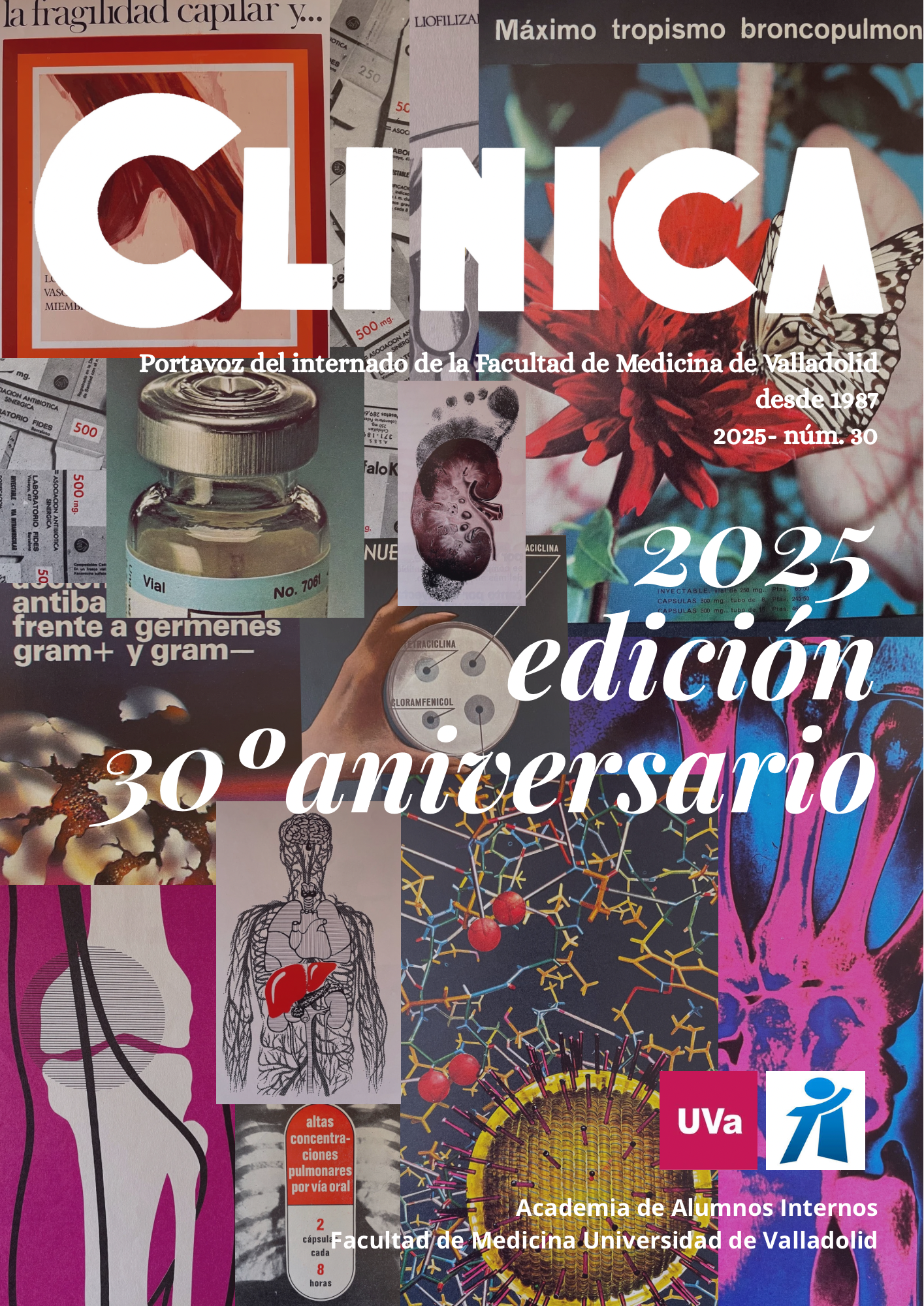INSPIRA: diseño de un sistema de ayuda en simulación clínica
DOI:
https://doi.org/10.24197/cl.30.2025.16-24Palabras clave:
simulación clínica, aplicación, estrés, aprendizajeResumen
La simulación clínica de alta fidelidad, dentro del ámbito de la simulación clínica, es una herramienta educativa esencial donde el alumno obtiene habilidades profesionales de gran relevancia; sin embargo, supone una fuente considerable de estrés negativo, sobre todo cuando se tratan algoritmos complejos como el manejo del paciente politraumatizado con el protocolo XABCDE. Por ello, en este artículo se presenta el desarrollo de la aplicación INSPIRA (INtegrated Simulation Platform for Immersive Response & Assistance) para guiar al alumnado durante las simulaciones clínicas de atención a pacientes politraumatizados. Los resultados obtenidos en el desarrollo de la aplicación sugieren que es una herramienta con gran potencial en la simulación clínica de alta fidelidad; además, INSPIRA puede ayudar a una mejora del aprendizaje en simulación y a contribuir a una reducción del nivel de estrés en los alumnos.
Descargas
Referencias
Barbadoro P, Brunzini A, Dolcini J, et al. Stress Responses in High-Fidelity Simulation and Standard Simulation Training Among Medical Students. BMC Med Educ. 2023;23(1):116.
Mathobela T, Stein C, Vincent-Lambert C, Whittaker AC. The Effect of Assessor Visibility on Student Stress and Anxiety in Emergency Care Simulation Assessments. BMC Med Educ. 2024;24(1):1043.
National Association of Emergency Medical Technicians (NAEMT). PHTLS: soporte vital de trauma prehospitalario. 9th ed. Jones & Bartlett Learning. México: Intersistemas; 2020.
Betson J, Fein EC, Long D, Horrocks P. Too Stressed to Think? A Scoping Review of the Literature for Healthcare Educators Utilising High Acuity Clinical Scenarios. BMC Med Educ. 2024;24(1):990.
Groot F, Jonker G, Rinia M, Ten Cate O, Hoff RG. Simulation at the Frontier of the Zone of Proximal Development: A Test in Acute Care for Inexperienced Learners. Acad Med. 2020;95(7):1098-1105.
Drake G, Skaltsa N, Kalia K, et al. "My Skills Are Going to Be Exposed" - Anxiety, Meaning and Professional Identity During Simulation-Based Learning in Medical Students: A Mixed Method Study. PloS One. 2025;20(7):e0327306.
Bartlett RS, Bruecker S, Eccleston B. High-fidelity simulation improves long-term knowledge of clinical swallow evaluation. Am J Speech Lang Pathol. 2021;30(2):673–686.
Martín-Sánchez R, Castro Villamor M, Rabanales-Soto J, Otero de la Torre S, Martínez Fernández FT, Sánchez Soberón I, et al. Threshold-anxiety in medical students performing a prehospital high-fidelity clinical simulation: Randomized clinical trial. Am J Emerg Med. 2025;94:103–109.
Martín-Rodríguez F, Martín-Sánchez R, del Pozo Vegas C, Lopez-Izquierdo R, Martín-Conty JL, Silva Alvarado E, et al. Pupilometer efficacy in monitoring anxiety in undergraduate medical students during high-fidelity clinical simulation. Sci Rep. 2025;15(1):10032.
Martín Rodríguez F, Delgado Benito JF, Castro Villamor MA. Soporte vital avanzado prehospitalario: código Politrauma. Valladolid: Universidad de Valladolid; 2024. (Manuales y textos universitarios. Medicina; 60).
Wemm SE, Wulfert E. Effects of Acute Stress on Decision Making. Appl Psychophysiol Biofeedback. 2017;42(1):1–12.
Descargas
Publicado
Número
Sección
Licencia
Derechos de autor 2025 Daniel Ferrero Heredero, David Rabanillo González, Sara Cruz Adrados, Miguel Ángel Castro Villamor, Víctor Rodríguez González, Jesús Poza Crespo, Francisco Martín Rodríguez

Esta obra está bajo una licencia internacional Creative Commons Atribución 4.0.
Todos los trabajos publicados en la revista Clínica se distribuyen bajo una Licencia Creative Commons Atribución 4.0 Internacional (CC BY 4.0).
Los autores continúan como propietarios de sus trabajos, y pueden volver a publicar sus artículos en otro medio sin tener que solicitar autorización, siempre y cuando indiquen que el trabajo fue publicado originariamente en la revista Clínica.


